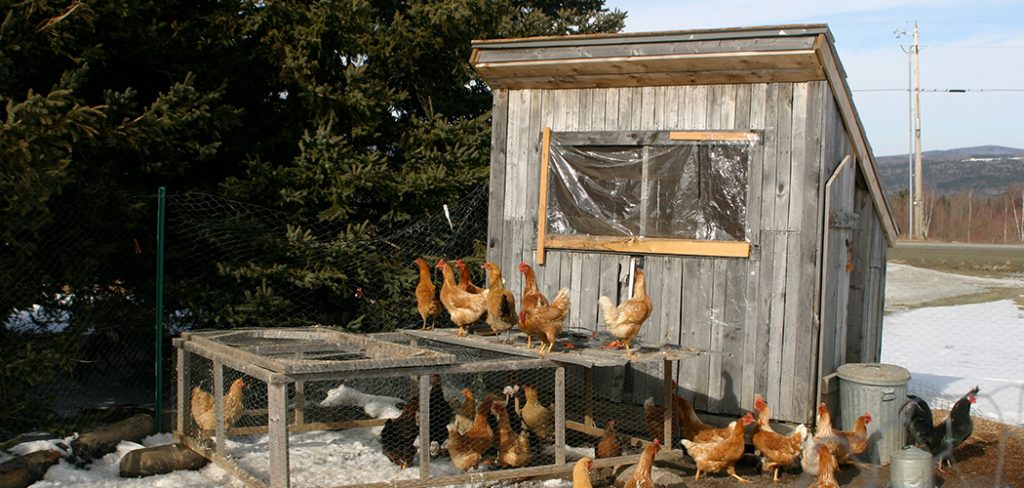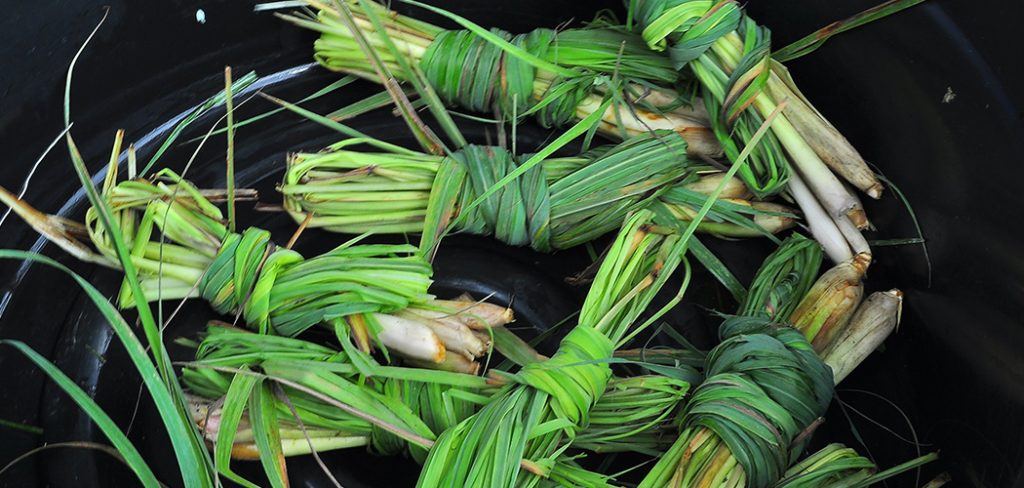Remember when Pop-Eye devotedly ate spinach and taught us all how this vegetable is basically a super food? Well, it’s true. Spinach is packed with vitamins and minerals. And it tastes extremely good! These fresh greens are a must in your diet. So why not grow them in your garden as well? It is very simple and satisfying as a gardening activity. You can enjoy it raw or cook it and incorporate it in an array of foods.
Spinach is a cool weather crop and it thrives in winter- so it’s best to grow it in the fall. This green vegetable prefers neutral to alkaline soil with a pH of 7.0 or above. Also, spinach being a heavy feeder, you can never put too much fertilizer in the soil. The key to growing a good spinach yield is preparing the ideal soil that is rich and organic. The second one is knowing the right time to pick it i.e. when to harvest spinach.
How to Grow Spinach in Pots or Containers
If you don’t have adequate growing space but still want your own home-grown spinach- don’t worry. You have an easy and hassle-free alternative if you understand how to grow spinach in pots.
Container gardening is not difficult when it comes to spinach because it is a fast-growing crop. In fact, it is often considered ideal because your produce can be safely grown and harvested before pests can attack. It is also easily accessible and taken care for. You can even move it around as desired- for example, if you are growing spinach in fall then you can place it in a sunny pot. If and when temperature is too high, you can keep it in shade.
Smaller varieties of spinach seeds like Baby’s Leaf Hybrid and Melody are perfect for growing in containers or pots. The pot should be at least 6-8 inches deep. Also opt for a relatively wide pot. The pH of soil should be about 6.0 to 7.0 and amended with compost, and placed in full sun. You should sow seeds one inch apart. When they are 2 inches, thin them out with a space of 2-3 inches.
Spinach seeds will typically germinate at temperatures as low as (40 F) 4 C. The ideal temperature for spinach growing is 50-80 F (10-27 C).
Add fertilizer in the soil before planting, then after thinning, and then afterwards as a side-dressing too. The soil should be kept wet but not stagnated or water-logged. Also try to prevent the foliage from getting wet. Remember to do mulching as well.
How Harvest and Store Spinach
Knowing when to harvest spinach is extremely important for the best tasting yield. Harvest time is actually crucial to prevent bolting too. The first consideration is whether you would like baby leaves or fully grown ones.
Spinach usually matures in 37 to 45 days. At this point, you can check your plant for cues and harvest it when it looks ripe. For baby spinach leaves, harvest them when the leaves are 2 inches long. With some varieties, they may reach up to 6 inches. Baby spinach is sweeter and more tender and is best enjoyed raw or sautéed.
For fully grown ones, the right harvest time is within the week the leaves have fully formed and attained a good size. The spinach leaves should be removed before they get yellow.
Now, how to harvest and store spinach leaves? Simply cut the leaves at the stem using scissors. An important tip is to start with the older, outer leaves first. Another method is cutting the whole plant from the base. This way often encourages the plant to re-sprout. You can choose the right method for yourself depending on how much you want to use.
Once harvested, spinach leaves can decay fast so preserve them as soon as possible. First, properly clean them. Properly soak and rinse the spinach until it’s clean. Discard any damaged or discolored leaves. Always handle spinach leaves gently so they don’t bruise.
When storing in the refrigerator, spinach stays fresh for 10 to 14 days. The best temperature to store it is 41 to 50 F (5-10C).
Will Spinach Grow Back After Cutting?
Many gardeners wonder, will spinach grow back after cutting? The short and simple answer is yes. But you need to make sure some conditions are met and the plant is cared for.
Firstly, the growing point must not get damaged at any point when you initially harvest it. Secondly, in cool weather, spinach plant is likely to regrow- giving you two or more harvests. This is because spinach will regenerate new leaves from their original growing point. This is the crown of the plant. You can find it at the soils’ surface where stems join the roots.
The key to multiple harvests is harvesting properly the first time. Use shears or scissors and cut spinach leaves without cutting into the growing point. While you harvest, cut back the spinach leaves 2 inches into the ground.
After the first cutting, leaves should regenerate within four weeks for another harvest.
Spinach Bolting
When a plant bolts, it means it has gone to seed. Typically, flowers appear when this happens. Basically, the plant goes through fast growth and then it bolts. When spinach leaves bolt, their shape changes from oval to an arrow-head like form. A lot of leaves start showing up too. However, these leaves are bitter.
Why does spinach bolting happen? There could be a couple of reasons. Too much or too little water, too much temperature or heat, all contribute to spinach bolting.
What to do if your spinach plant has bolted? Pull it up immediately. You can also try to gather the seeds, which may or may not be viable anymore.
To prevent bolting from occurring, try to plant your spinach in spring, as soon as the soil is ready to be worked with. Early planting ensures it has a good growing season before the summer heat wave hits.
Conclusion
Can you imagine all the goodness home-grown spinach will bring to your table? A whole lot of flavor with an abundance of nutrition. Sautee your spinach with garlic and some cream for a tasty snack or as a side for your main dishes. Use it to make spinach pasta or add it into chicken recipes. Or simply use it as a sauce. It’s mouth-watering indeed!
Growing these healthy greens takes very little time and effort. With an understanding of how and when to harvest spinach, this garden activity is actually fun and truly fulfilling!

